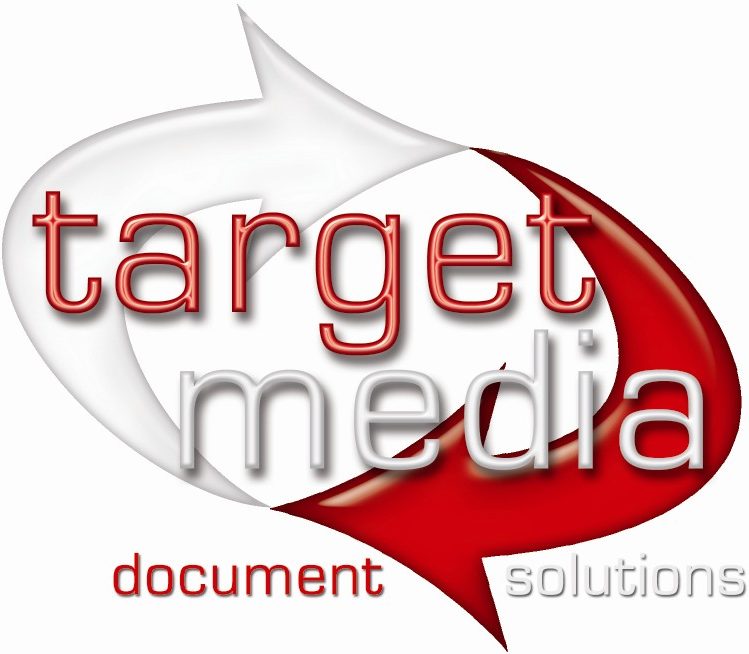Myth 1: Document scanning is an easy project
Using a desktop scanner couldn’t be more straightforward…for a couple of documents. But converting boxes or filing cabinets of records is an entirely different matter. Identifying the different formats and preparing the documents (removing staples/ folded A3 pages) takes far longer than you anticipate – even before you get to the scanning. Forget a few days – you’re potentially talking weeks or months here – with quality checks to ensure accuracy of the captured information. Plus, you’ll need to use optical character recognition (OCR) software if you want to make your digital files searchable.
Myth 2: Outsourced scanning is expensive
You’ll likely to find the opposite if you look at the true time and cost of assigning or redeploying staff from their core activities to do the scanning in-house. Plus, you’ll need to purchase all the necessary equipment and software – and provide training to ensure the quality. It’s certainly worth getting a quote and timeframe from a scanning company – then weigh up the cost and benefits.
Myth 3: You Need to Scan Every Document
Document scanning isn’t an all-or-nothing proposition. Deciding how much of your file inventory to scan depends on your workflow requirements. Often, it makes sense to scan your most recent documents first and then digitise older documents gradually or as needed.
Myth 4: Digital documents aren’t as secure as hard copies
In addition to being less susceptible to natural disasters, digital images can be encrypted, stored securely in the cloud, or backed up to digital media and stored off-site.
Myth 5: It’s cheaper to store hard copy offsite
Off-site storage initially looks cheap due to the lower monthly costs.
But those monthly charges add up and by the time your documents can legally be destroyed and you’ve added in the costs of box purchase, document retrieval charges and some destruction charges for good measure – it would probably have been cheaper to scan them in the first place.
Additionally you would have enjoyed instant document retrieval, full document searches and the knowledge that your files are secure, backed up and not susceptible to fire, loss, water damage, document degradation, etc.
Myth 6: You need specialised software to view the images
When we started scanning documents back in the early 1990’s the standard image format was the multipage Tiff. But now almost everything is scanned as a PDF which can be full colour, digitally signed, password protected and searchable if required.
No bespoke software is needed to view a PDF.
Contact us for information regarding any of our services.

